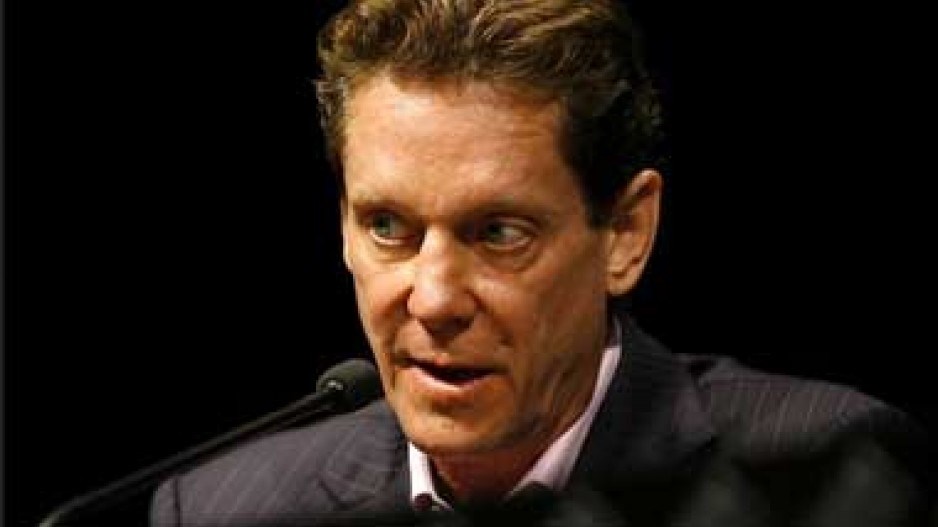Even before the oil price crash, Ivanhoe Energy (TSX:IE) was running into regulatory problems with a $1.37 billion enhanced oil recovery project in Alberta.
One of the companies founded by mining mogul Robert Friedland, Ivanhoe last week became the first B.C. casualty of the oil price crash when it announced it was filing for bankruptcy protection after it defaulted on its interest payments on $73 million worth of debentures.
The company was suspended from trading on the Toronto Stock Exchange and is being delisted from the Nasdaq.
Ivanhoe, which is headquartered in Vancouver, has appointed EY as its trustee while the company attempts to restructure.
Oil prices have fallen more than 50% since July 2014. Asked if oil’s free fall is responsible for the company’s current financial fix, Bill Trenaman, Ivanhoe’s vice-president of investor relations, said, “I would say that that’s a fair assumption.”
Ivanhoe recently announced it was scaling back its operations in Ecuador “in response to significantly lower oil prices and a delay in discussions with the company’s partner.”
But as Brad Hayes, president of Petrel Robertson Consulting Ltd., pointed out, the company was facing other problems even before the oil price drop, notably regulatory setbacks on its $1.37 billion Tamarack project in Alberta.
A steam-assisted gravity drainage (SAGD) operation, the Tamarack project would include a heavy-to-light oil process that Ivanhoe has focused on in recent years. (Upgrading bitumen to lighter crude increases its value.)
But several new SAGD projects in Alberta are on hold following a number of environmental incidents related to SAGD operations with shallow reservoirs.
Most recently, in 2013, bitumen began seeping to the surface at Canadian Natural Resources Ltd.’s Primrose operation in Alberta, killing birds, mammals and frogs.
“It was a very good project, a very good property,” said Hayes, who worked for Ivanhoe on its regulatory filings to the Alberta Energy Regulator.
“Their misfortune was coming around at that time, when these relatively shallow properties were under a great deal of scrutiny because of issues that have arisen with other operators.”
In SAGD operations, steam is pumped underground into shallow oilsands deposits to loosen it up and bring it to the surface.
But there have been several instances in which bitumen has seeped to the surface where it’s not supposed to, leading to a moratorium on new projects.
“The regulator has taken a very conservative approach and is basically saying anybody that’s got one of these relatively shallow projects, it’s just not going to go forward,” Hayes said.
In October 2014, Ivanhoe recorded a $93 million writedown on its Tamarack project for a net loss of $115 million in the nine months ending September 30, 2014.
Friedland, who also founded Ivanhoe Mines Ltd. (TSX:IVN), is listed as a major Ivanhoe Energy shareholder. In 2014 he held 17.46% of its shares.
Ivanhoe said in a press release that it will try to recapitalize, but warns that if it can’t raise the capital to restructure, it could go bankrupt.
Ivanhoe Energy started in the late 1990s as Black Sea Energy, an oil and gas exploration company focused on exploration in Siberia and Russia’s Black Sea region.




